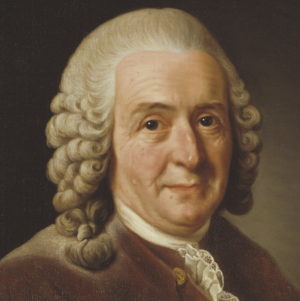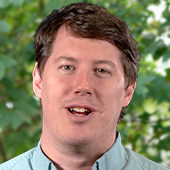
Linnaeus taught that new organisms that arose were all derived from the primae speciei (original kinds) and were a part of God’s original plan because He placed the potential for variation in the original creation, believing that subspecies consisted only of genetic traits of their ancestors, not of new traits. Linnaeus published Philosophia Botanica in 1751.The book contained a complete survey of the taxonomy system he had been using in his earlier works. Linnaeus published Species Plantarum, the work which is now internationally accepted as the starting point of modern botanical nomenclature, in 1753
Carl Linnaeus

In his youth, Marsh desired to become a physician, but lacked the financial means, so he became first a nurse, then a teacher. He studied geology at Emmanuel Missionary College under George McCready Price, whose protégé he became. While teaching at a Seventh-day Adventist school in the Chicago area, Marsh studied advanced biology at the University of Chicago and in 1935 obtained an M.S. in zoology from Northwestern University. He joined the faculty of Union College in Lincoln, Nebraska, later completing a PhD in botany on plant ecology at the University of Nebraska in 1940. He coined the term Baraminology in 1941, and in 1963 he was one of the ten founding members of the Creation Research Society.
Frank Lewis Marsh

Dr. Cserhati (pronounced Chair-hat-tea) is co-author of the paper Comparison of morphology-based and genomics-based baraminology methods, with Joel Tay, in The Journal of Creation (Volume 33, Issue 3, December 2019, https://creation.com/baraminology-methods). The paper compares morphology- and genomics-based taxonomic methods, showing the limitations of morphology-based BDIST method and the more reliable results from the genomics-based GCM method.
Dr. Cserhati received a M.Sc. from the Eötvös Loránd University in Budapest in biology in 2003, and went on to receive a B.Sc. in software development and a Ph.D. in biology from the University of Szeged in 2010 and 2011. His doctoral thesis was about the development and application of a transcription factor dyad prediction algorithm.